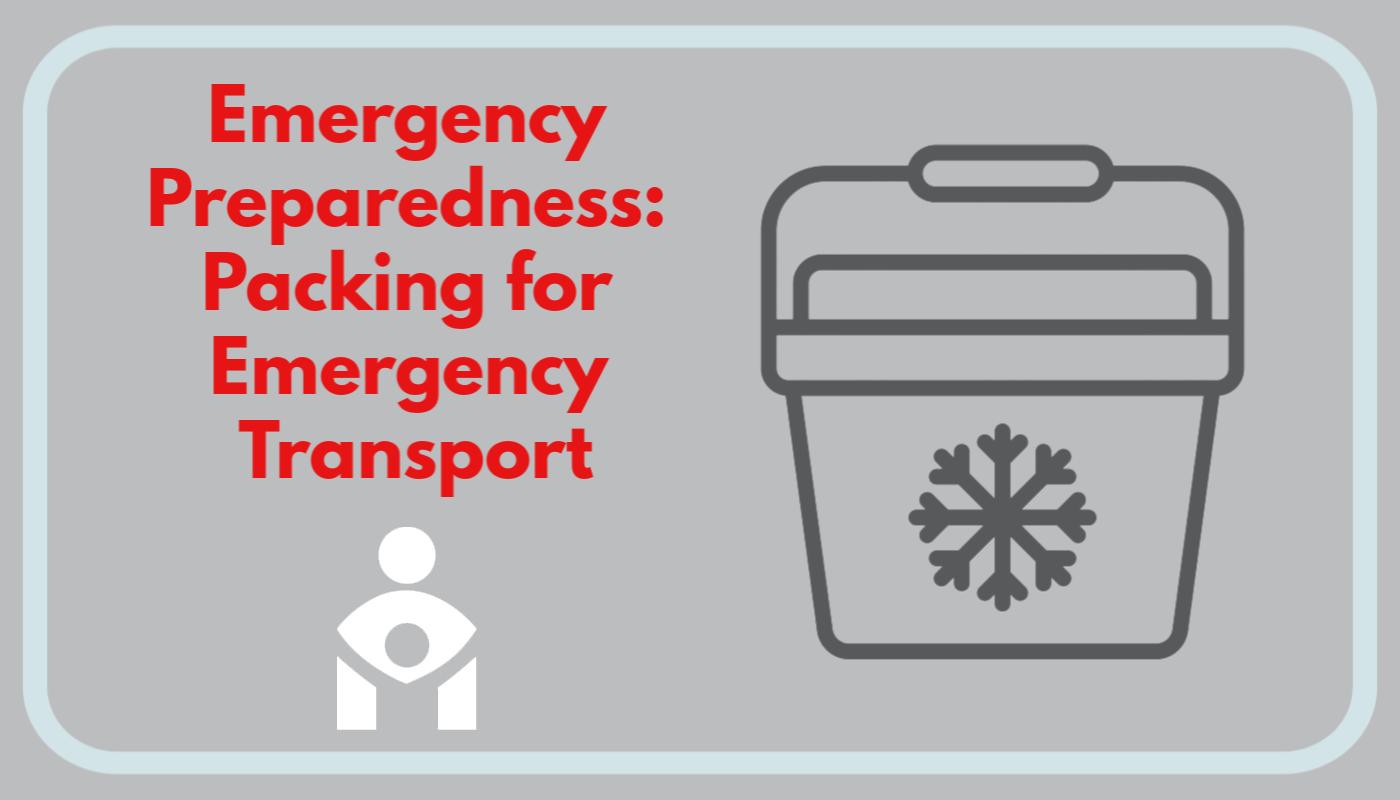In an emergency situation, you may need to transport vaccinations to a secondary location. The CDC has several guides to help plan for vaccine transport in a number of different scenarios.
Section Six (pages 22-24) of The Vaccine Storage and Handling Toolkit provides guidance for routine transportation, for example traveling to an off-site clinic. In these cases, the CDC recommends transporting with a portable vaccine refrigerator with a temperature monitoring device. However, in an emergency situation, that may not be available. In those cases, the CDC states you can use a conditioned water bottle transport system or, as a last resort, the manufacturer’s original shipping container. Never use a food or beverage cooler.
The CDC’s Guide for Transport during Emergencies contains instructions for using a conditioned water bottle transport system. This system uses frozen and then partially thawed water bottles to keep vaccines cool. Frozen gel packs or coolant packs are not safe to use as they may freeze vaccines. In addition to the water bottles, this transport method also requires insulating material such as bubble wrap or corrugated cardboard, hard-sided or Styrofoam containers, and a temperature monitoring device.
Access the CDC’s guide for detailed instructions on packing the vaccines in a conditioned water bottle transport system along with illustrations.
The AAP also has a guide for safely transporting vaccines in both emergency and non-emergency situations. The guide breaks down transport for frozen and refrigerated vaccines, and contains a list of resources for further information.
